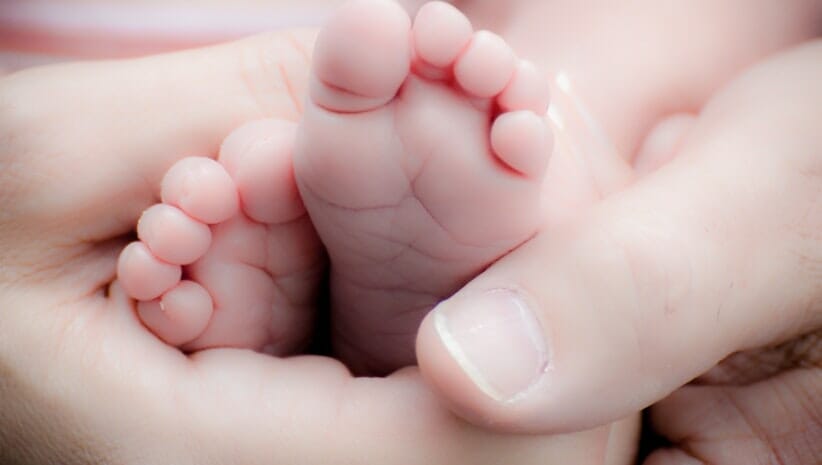Touch Provides Calm To Mother And Baby
Modern obstetrical care emphasizes pregnancy, labor and delivery, but gives less attention to the mother and baby after birth. Ayurveda, on the other hand, considers the six weeks after birth to be a precious opportunity.
New mothers need time, attention and rest. After the strain of birth, the new mother’s physiology is, in many ways, as delicate as her baby’s. One of the simplest techniques to restore vata dosha (the elements of air and space) balance is abhyanga (massage using warm oil and nurturing, loving massage strokes). When vata is calmed using massage, a new mother can experience improved digestion, deeper sleep and increased vitality. Mothers can also find relief from common postpartum conditions such as weight gain, sleeping difficulties, even depression, and recover remarkably quickly, allowing them to give more attention and love to their children. By combining massage with simple Ayurvedic dietary and daily routine recommendations, new mothers can come out of the postpartum period with more energy and better health than before.
Ayurvedic Massage and Bonding with Baby
The baby also benefits from abhyanga (massage with warm oil), beginning even just days after birth. Oiling the body enhances the baby’s growing circulatory system, gently presses impurities out of new tissues into the shrotas (channels of the body which control circulation and elimination), increases immunity, supports digestion and releases stress and tension (such as the muscle tightness from being cramped in the womb).
On the psychological and emotional levels, massage is an excellent experience for developing communication and an important bonding experience between infant and caregiver. Touch is an important sense for helping us to feel safe and in the world. Especially for infants, touch is necessary to feed the skin, the tissues and the developing nervous system. New mothers who practice massage with their infants report that when they do, their babies have less gas, are more settled at night and are healthier overall.
How to Practice Ayurvedic Massage
While learning Ayurvedic massage from a guide is, of course, a helpful experience, try using touch with your infant on your own. Use organic oil warmed to body temperature (test it first). Sesame oil is nurturing and warming and Ayurvedically recommended, but other vegetable oils can be used. Oil can make the baby slippery, so set out a towel (one that you don’t mind getting oily) on a firm surface, even a clean floor.
Use very light strokes: circular on the joints and belly with long strokes on the limbs. Babies enjoy having their hands and feet massaged. You can also gently rub the belly clockwise to encourage digestion.
Bonding with Baby through Massage
Both parents (and grandparents) can experience the bonding and nurturing of infant massage and this is one of the great benefits of the practice. Abyhanga can be incorporated into morning and night routines, to start out the day and then to encourage sweet and deep sleep. When one parent is engaged in massage with the infant, the other can take the opportunity for a few minutes of personal time. Regular Ayurvedic baby abyhangas are one of the most precious gifts every new parent can give their new baby. It’s like a little life-insurance – making sure that a new life gets off to the right start.
Martha Soffer is an acclaimed Ayurvedic Therapist and Chef, a Panchakarma and Marma Specialist, and an Herbalized Oil and Ghee Artisan. Surya Spa, her traditional Ayurvedic clinic in Pacific Palisades, offers consultations, marma therapy, nasya, shirodhara and swedhana treatments, with a focus on individualized Panchakarma series, ranging from three to twenty one days: (310) 459 – 7715; suryaspa.com

